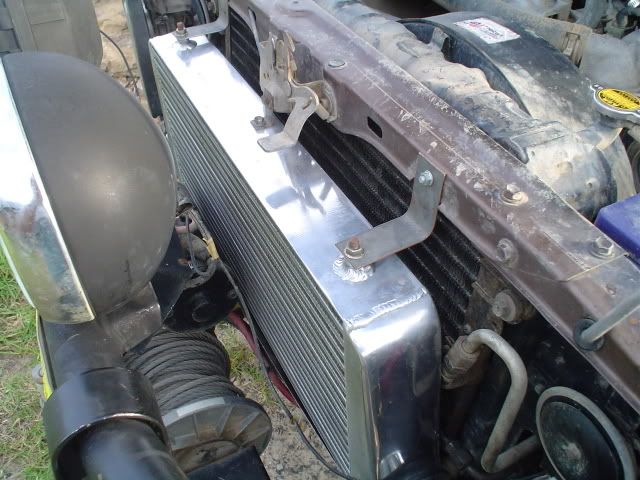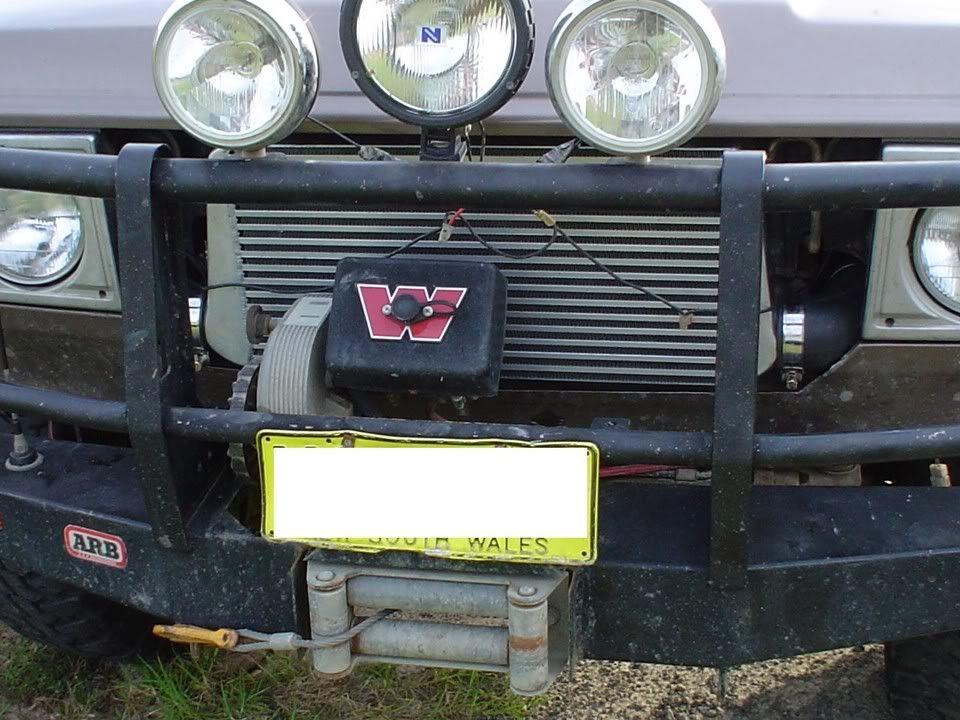gearb0x wrote:
It has some sort of vacuum operated arm which actuates the fuel pump and that wierd "throttle" on the intake. After talking to a friend he said it takes vac refs before and after the "throttle" such that when you stamp your foot it doesnt just open the injector pump flat out but slowly with reference to the vac signals. So you dont get big black clouds of smoke when taking off at the lights
it's less about black clouds and more about soft progression - a correctly tuned pump with good injector won't make smoke, full stop. your friend is correct though - it does use a vacuum signal (more correctly a pressure differential) across the throttle butterfly to control fuel delivery.
I was just over at the overlander forums and they seem to be very, not liking 2H turbo conversions and kits. But from what i can see from the kits is they dont do anything to the fuel, are all these cracked heads and overheating from having stupidly large EGTs and not keeping a lid on them via adding more fuel?
unlike a petrol engine, a lean condition in a Diesel actually causes LOW EGT's. Head cracking in 2H's is more likely due to excessive boost and excessive fuel driving the EGT up.
Also, how does that funny fuel pump vac solenoid operaty thing go with boost in the intake rather than a vacuum. As well as that how are you guys adding more fuel? just adjusting the throttle stop?
the vac signal fuel metering works fine with boost - it doesn't read an actual pressure, or pressure relative to atmosphere, only differential pressure across the throttle butterfly (and it is a fairly small differential pressure, nothing like the vacuum ina petrol engine with the throttle closed). To adjust fuelling there is a screw on the back of the fuel pump, retained with a tricky nut with three holes in it - you will need to make or buy a special wrench. more fuel = counterclockwise, about 1 turn per 10psi (very roughly - you need to use an EGT gauge to get it spot on). Adjusting the throttle stop will only adjust peak RPM and you don't want to fiddle with that - it's not a high revving motor at all.
The 2H is said to be a less than ideal candidate for turbocharging because of the extreme restriction in the precombustion chamber orifice which causes localised overheating/hot spots in the head, and it does not have piston skirt oil cooling, so under high boost conditions the pistons can collect a lot of heat and start to collapse. Relax though because it's all manageable - Cart's truck that features in this thread runs about 13psi intercooled and his EGT's on a warm day, at full throttle, uphill, high revs in 3rd/4th gear max out at about 500C (I think - it's probably almost a year since we tested it) - and a safe upper limit would be about 600C for the 2H. we deliberately turned the fuel down a little so it should NEVER go too high, but if you have an EGT permanently fitted than you can set it up to overfuel slightly, and just lift off the throttle if the temp gets a bit on the high side.
hope thatr all helps a bit
cheers
Brian


